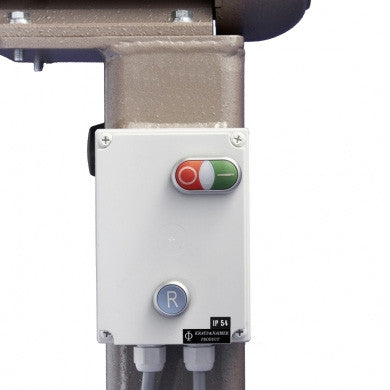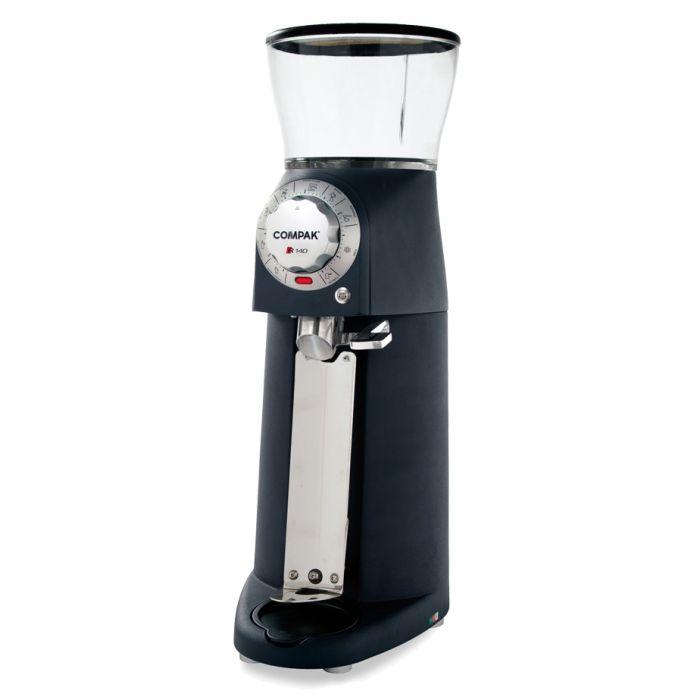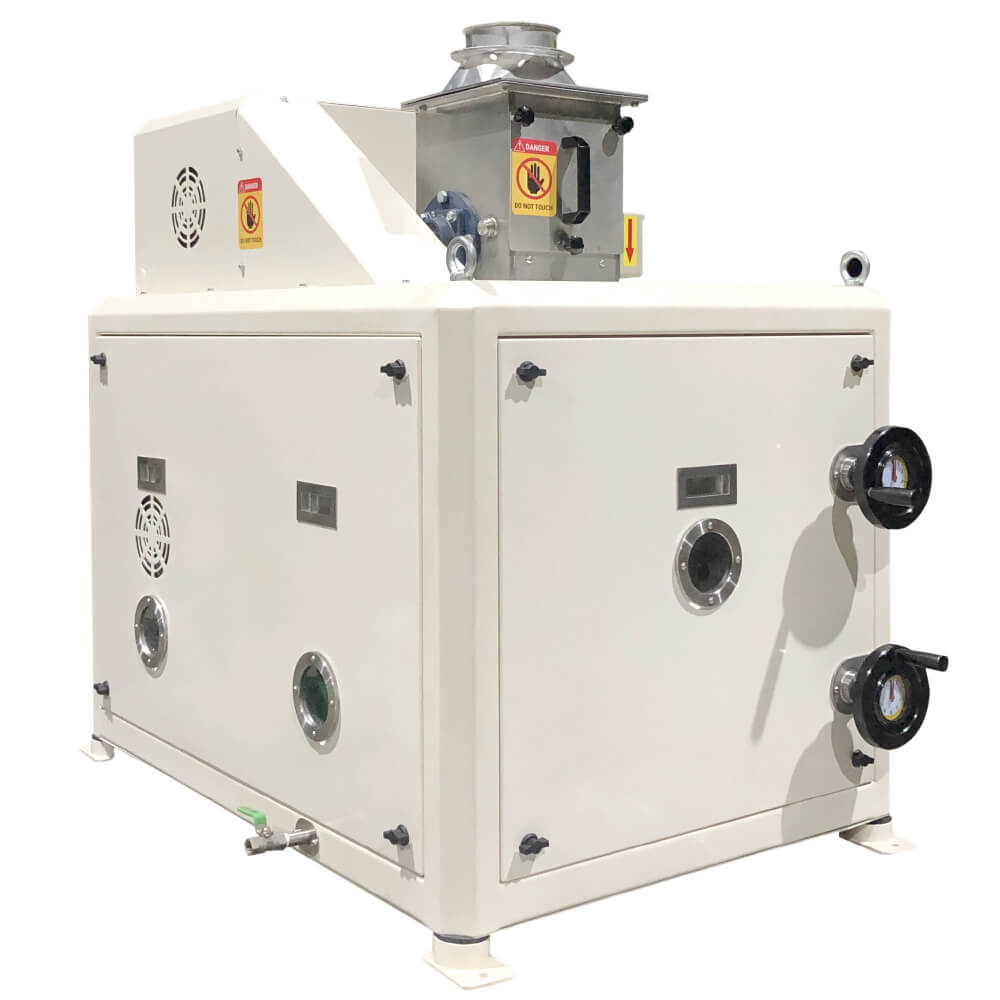Industrial Coffee Grinder Care Tips for Optimal Use
Industrial Coffee Grinder Care Tips for Optimal Use
Blog Article
Industrial Coffee Mill Guide: Boost Effectiveness and Quality
In the competitive landscape of coffee production, choosing the ideal industrial coffee mill plays a critical duty in boosting both efficiency and item top quality. Recognizing the nuances of various grinder kinds and key functions-- such as adjustable work settings and durable building and construction-- can substantially affect the last taste profile of the coffee. Furthermore, the optimization of the grinding process, paired with persistent maintenance, is crucial for sustaining efficiency with time. As we explore these important components, it comes to be apparent that the effects expand beyond simple devices option, influencing overall business success in methods that warrant closer evaluation.
Comprehending Grinder Kinds
When picking an industrial coffee mill, recognizing the different kinds offered is essential for maximizing both taste extraction and functional efficiency. The two main kinds of grinders are blade mills and burr grinders.

Inevitably, choosing the appropriate type of mill is important to maintaining high quality and efficiency in coffee production, making it vital for businesses to purchase high-quality burr grinders for optimum outcomes.
Key Functions to Take Into Consideration
Choosing a commercial coffee grinder calls for careful consideration of a number of crucial attributes that can dramatically influence both performance and the general coffee experience. One of the key aspects to assess is the grinding system. Burr mills are normally chosen over blade grinders, as they supply a regular work dimension, which is critical for optimal extraction and flavor.
One more important feature is the mill's capability. A flexible grinder with multiple settings enables you to customize the grind size to various developing techniques, improving the coffee's flavor profile.
Examine the mill's noise level, specifically in a busy coffee shop or manufacturing environment, where extreme sound can be disruptive. Spending in a mill that stabilizes these features can substantially improve both functional performance and the high quality of the coffee served.
Optimizing Grinding Refine
To achieve the best results in coffee prep work, optimizing the grinding process is essential. The grind size substantially influences extraction, taste, and total top quality of the made coffee.


Additionally, keeping an eye on the grinding rate can maximize the procedure. Slower grinding often produces less warm, protecting fragile flavors and scents. On the other hand, quicker grinding might produce extreme warm, negatively impacting the coffee's top quality.
Upkeep and Treatment Tips
Appropriate maintenance and care of industrial browse around this site coffee grinders are important for guaranteeing optimal performance and long life. Normal cleaning is the foundation of upkeep; residue build-up can impact flavor and grinding effectiveness. It is a good idea to clean up the grinder after each use, wiping down the exterior and getting rid of any kind of coffee grounds from the burrs.
In addition, inspect the grinding burrs for damage. Plain burrs can jeopardize grind uniformity, so they must be changed as required. Industrial Coffee Grinder. Periodically adjusting the mill is also crucial, as this maintains the wanted grind dimension for different brewing methods
Lubrication of moving parts need to be done according to the producer's requirements, as this lowers friction and prolongs the life of the devices. It is important to use food-grade lubes to make certain security and conformity with health and wellness regulations.
Last but not least, maintain the mill in a completely dry and stable environment to stop rust and deterioration. By adhering to these upkeep and care ideas, operators can boost the effectiveness of their commercial coffee grinders while making certain top notch output and prolonged functional life.
Return on Financial Investment Evaluation
Assessing the return on financial investment (ROI) for commercial coffee grinders is important for organizations seeking to enhance their coffee production capabilities. A thorough ROI evaluation assists establish the financial practicality of buying high-grade grinders, permitting services to consider the initial costs against potential gains.
Evaluate the acquisition rate of the grinder, including installment and any kind of needed adjustments to existing infrastructure. High-performance mills commonly lead to decreased grinding time and boosted throughput, which can dramatically reference improve productivity.
Furthermore, consider the effect on product top quality. Industrial Coffee Grinder. Superior mills generate a more regular grind size, which can boost flavor profiles and client fulfillment, eventually driving sales. By increasing the high quality of the end product, businesses can justify greater prices, causing increased profits
Conclusion
In recap, an industrial coffee grinder plays a critical role in enhancing both effectiveness and product high quality within coffee production. Eventually, the calculated financial investment in a trusted grinder contributes substantially to enhanced income and competitiveness in the coffee industry.
In the competitive landscape of coffee production, selecting the right commercial coffee mill plays an essential function in improving both effectiveness and product quality. The 2 key kinds of mills are blade grinders and burr grinders. Within the burr mill classification, there are level burr mills and conelike burr mills, each with its advantages. Burr grinders find here are usually favored over blade grinders, as they give a regular work size, which is crucial for optimum removal and taste.
In summary, a commercial coffee mill plays a critical role in boosting both effectiveness and item top quality within coffee production.
Report this page